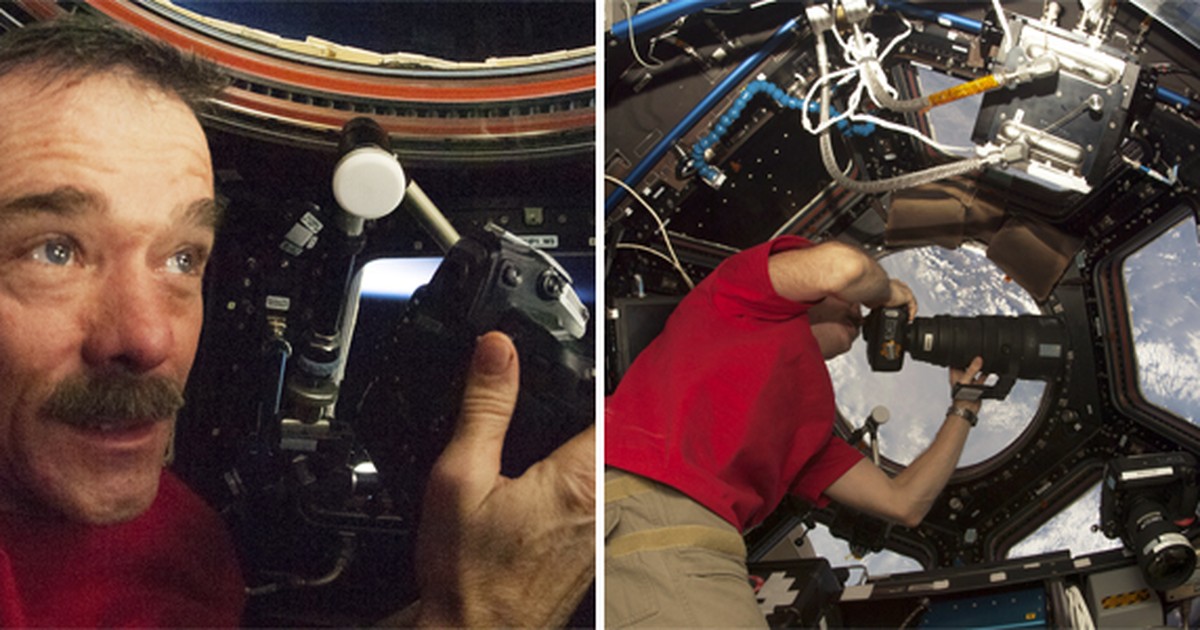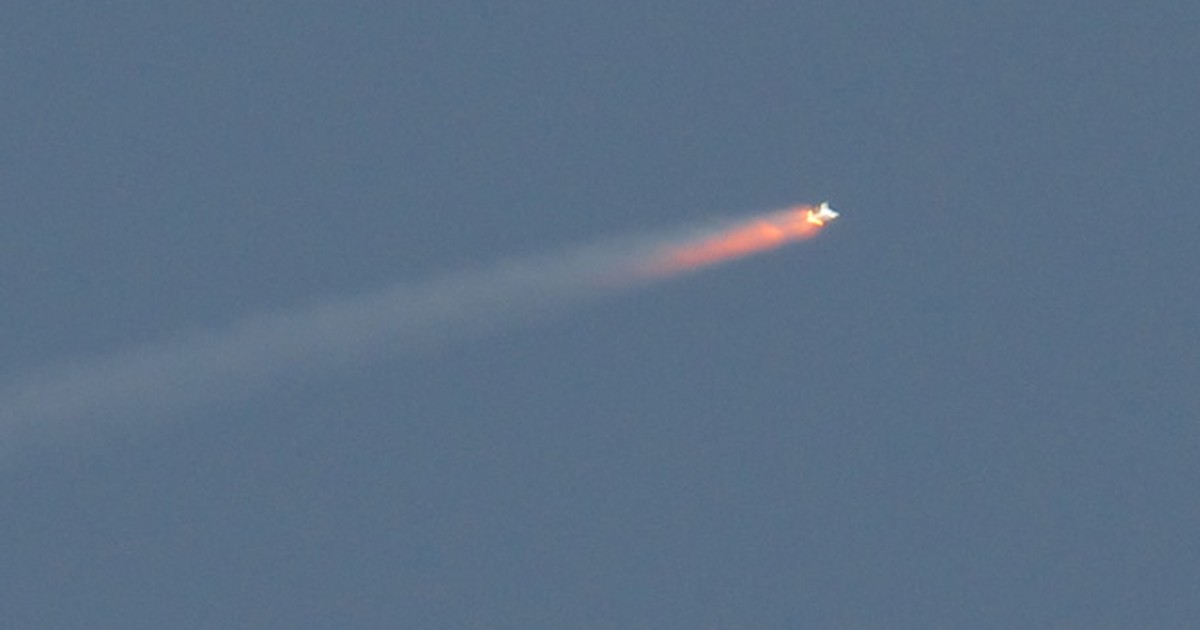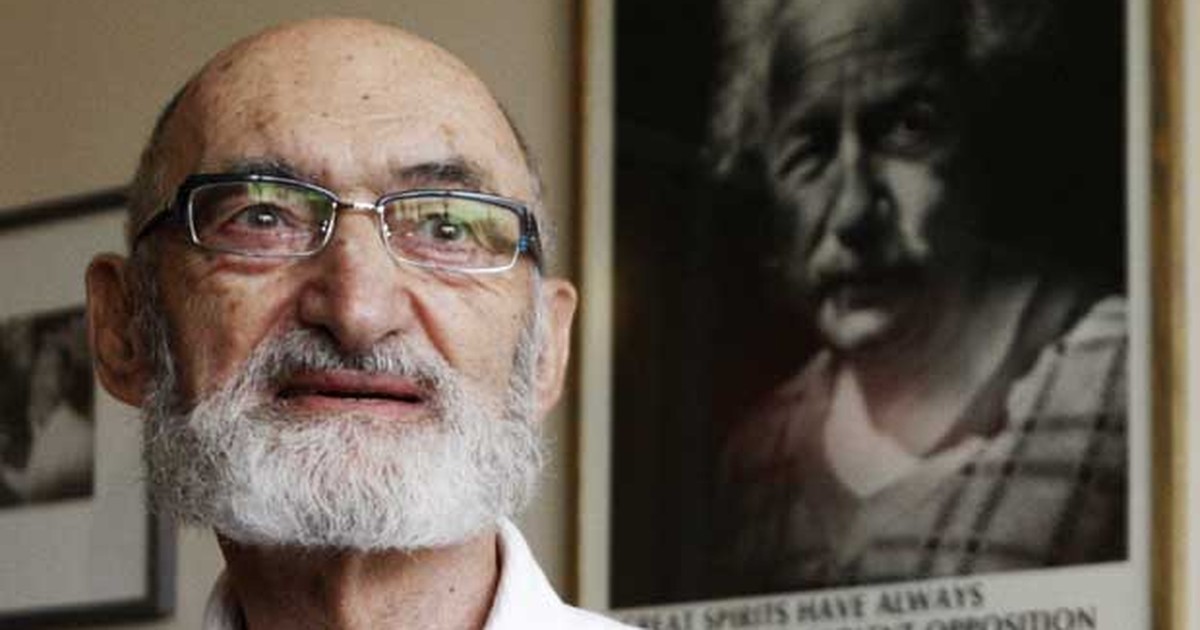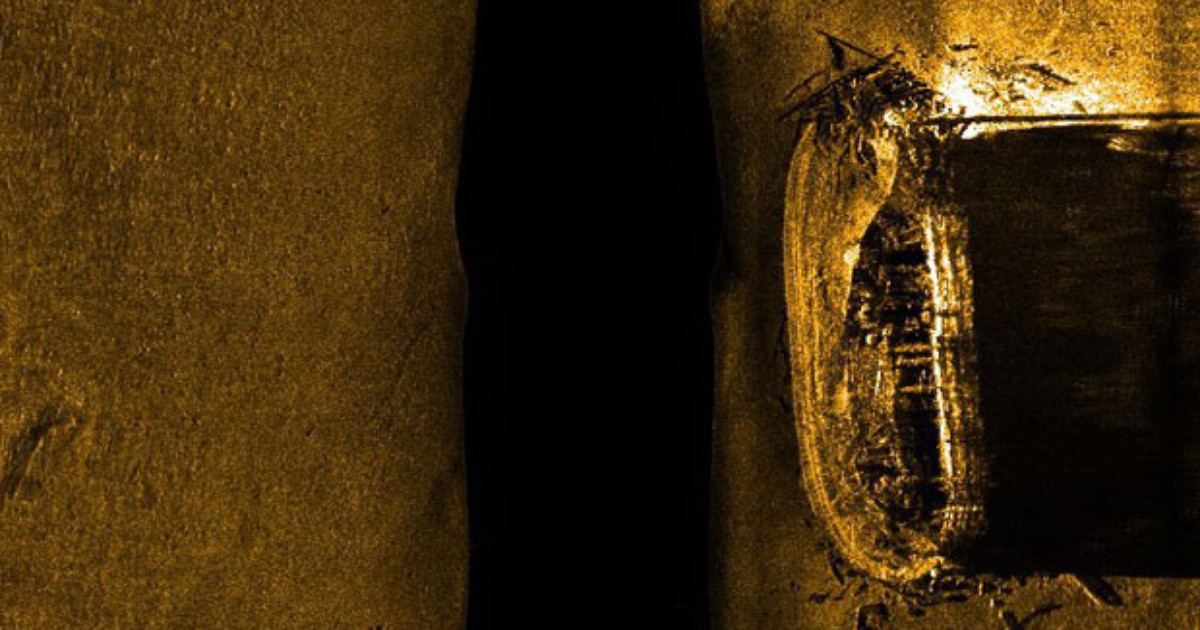The first results of a survey carried out by a working group created by the Oswaldo Cruz Foundation (Fiocruz) to collect and analyze databases on the Yanomami population indicate that 62% of Yanomami indigenous communities today live very close together. from others, less than 5 kilometers (km) from forest areas altered by non-indigenous populations. This situation puts the indigenous population, which corresponds to more than 17,000 indigenous people, in immediate danger.
Using several databases and aerial images, referring to 366 indigenous communities and their surroundings, the Geo-Yanomami Working Group (GT) can assess the escalation of threats to the health of indigenous populations in over the last few years.
Poor land use and environmental degradation caused by mining are directly linked to the increase in health problems among indigenous populations in recent years. One of the main changes observed in the Yanomami territory concerns fires: 708 km² of area were affected between 2017 and 2022. Other forms of forest destruction were deforestation and mining.
Data traversal
By crossing data from the Yanomami attacked report, published by the Hutukara Yanomami association in April 2022, with satellite images from December of the same year, researchers note an increase of more than 100 landing strips, including at least 38 clandestine ones. . , concentrated in the north of Yanomami territory, a region where a greater incidence of gold is found.
The study shows that out of more than 25,000 km of rivers that cross the region, around 2,000 km record the presence of indigenous populations living along their banks. Half of them (53%) are contaminated, affecting around 12,000 indigenous people.
“We realized there was a lot of important data available, but it needed to be sorted and analyzed. With the results produced by the study, we hope to contribute to planning actions to address the health crisis in Yanomami communities, not only in times of emergency, such as today, but also in the years to come. This analysis is a first step that must be improved with field and monitoring information,” explains Diego Xavier, researcher at the Fiocruz Climate and Health Observatory and member of the Geo-Yanomami group.

“Typical thinker. Unapologetic alcoholaholic. Internet fanatic. Pop culture advocate. Tv junkie.”








